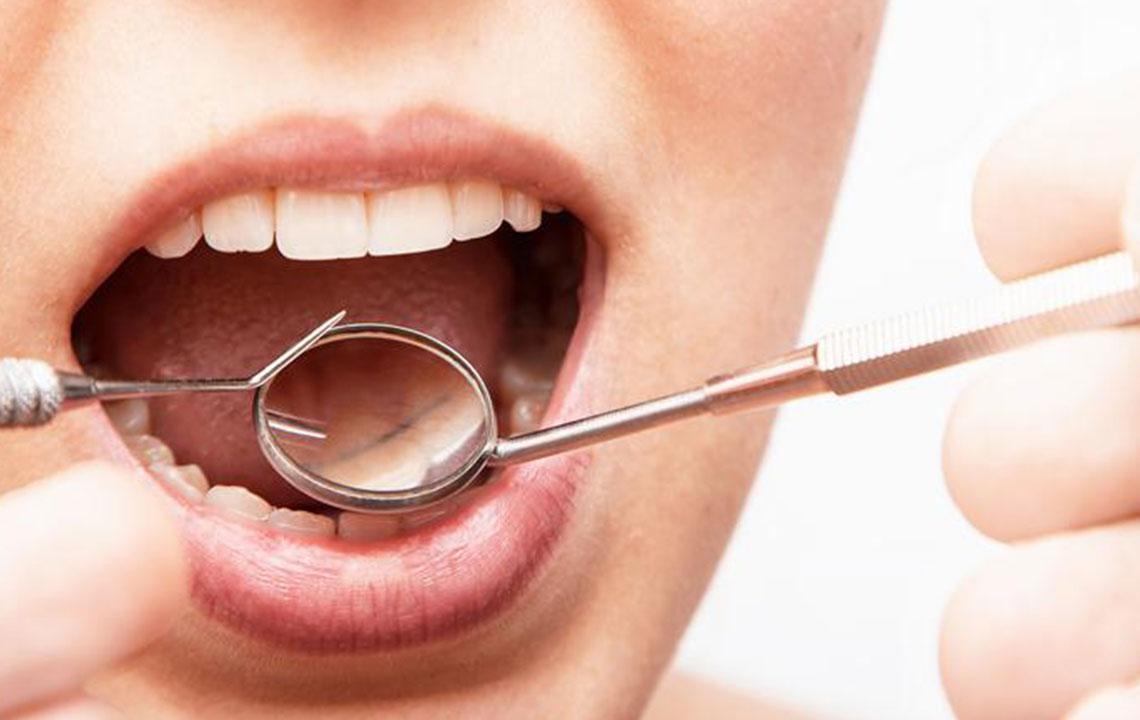Comprehensive Guide to Managing Temporomandibular Joint (TMJ) Disorders
This article offers a detailed overview of TMJ disorder treatments, including medications, therapies, alternative methods, and surgical options. It guides readers on managing TMJ symptoms effectively and emphasizes professional consultation for severe cases. The comprehensive review aims to assist individuals in understanding various options to relieve jaw pain and improve jaw function.

Managing Temporomandibular Joint (TMJ) Disorders: Effective Treatment Options
The temporomandibular joint (TMJ) connects your jaw to your skull and is essential for normal jaw movement. Injury or dysfunction in this joint can result in pain or discomfort, a condition known as TMJ syndrome.
Typically, many TMJ disorders resolve on their own without intervention. However, depending on the severity, various treatments can be recommended. Often, a combination of therapies yields the best results.
Medications
Non-surgical options focus on pain relief through medications.
The initial approach may involve prescription painkillers and anti-inflammatory drugs if over-the-counter options are ineffective. Non-steroidal anti-inflammatory drugs are commonly used. Some antidepressants, primarily for depression, can help reduce TMJ pain. Muscle relaxants may be prescribed temporarily if muscle stiffness contributes to discomfort.
Therapies
Non-drug treatments include:
Physical therapy, such as ultrasound, heat or cold therapy, and jaw exercises, can help strengthen and stretch jaw muscles.
Dental appliances like mouth guards or splints, which are custom-made to fit over teeth, can alleviate mild TMJ symptoms.
Behavioral counseling can assist patients in identifying and modifying habits such as teeth grinding, clenching, or resting the chin on surfaces, which may worsen symptoms.
Alternative Treatments
Complementary therapies can help manage persistent pain.
Acupuncture involves inserting fine needles into specific points to relieve pain.
Biofeedback uses electronic devices to train individuals to relax jaw muscles effectively.
When TMJ pain becomes chronic and other treatments fail, surgical options like arthrocentesis, arthroscopy, modified condylotomy, or open joint surgery may be recommended. It’s essential to consult a healthcare professional before opting for surgical procedures.
Note:
Our website provides in-depth information across multiple topics for educational purposes. While the content aims to inform, it should not replace professional medical advice. Differences in data or available treatments across platforms may occur. Always consult a healthcare specialist for personal medical concerns.









